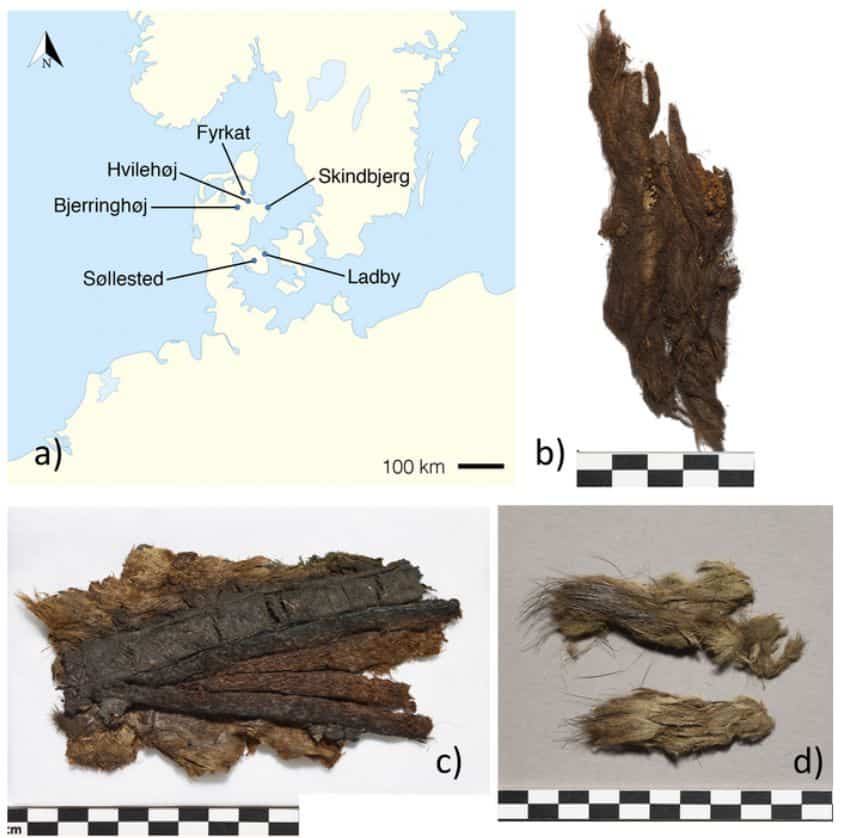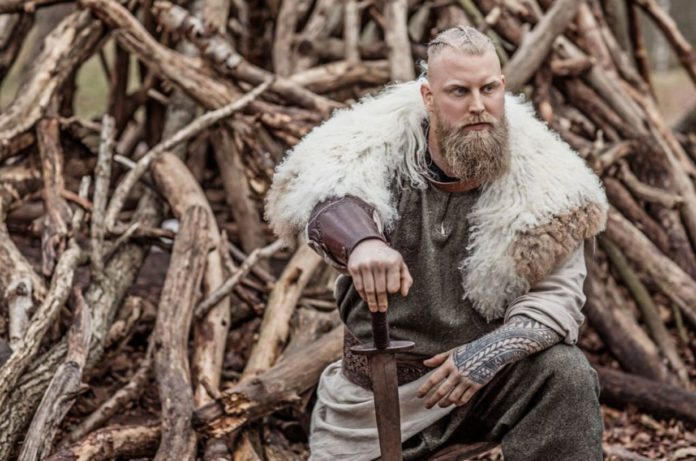According to a new study published today in the journal PLOS ONE by Luise Ørsted Brandt of the University of Copenhagen and colleagues, in 10th century Denmark, beaver fur was a symbol of wealth and an important trading commodity.
Written records show that fur was an important commodity throughout the Viking Age, from 800 and 1050 CE; nevertheless, fur does not often retain well in the archaeological record, therefore there is little direct evidence. In the past, scientists have used the microscopic structure of old fur to figure out what species it came from, but this method isn’t always accurate. Overall, nothing is known about the types of furs that the Vikings loved.
Brandt and colleagues investigated animal remains from six high-status Danish burials from the 10th century for this investigation. While no ancient DNA was retrieved from the samples, possibly due to the treatment operations done on the furs and skins and likely due to the preservation conditions, two distinct analytical approaches were able to recover recognizable proteins. Furs from wild animals, like a weasel, a squirrel, and a beaver, were used for clothing and grave decorations.
These results back up the theory that fur was a sign of wealth in the Viking Age. Beavers aren’t native to Denmark, thus it’s likely that this fur was obtained through trade. Some clothes had fur from more than one kind of animal. This showed that the wearer knew how different animal hides were used and may have been a way to show off rare furs.

The authors say that the biggest problem with this kind of study is that there aren’t enough comparative protein databases. As these databases grow, it will be easier to identify ancient animal skins and furs.
“In the Viking Age,” according to the authors, “wearing exotic fur was almost certainly an obvious visual statement of affluence and social status, similar to high-end fashion in today’s world.”
“This study uses ancient proteins preserved in elite Danish Viking burials to provide direct evidence of beaver fur trade and use,” they add.
Image Credit: Getty
You were reading: Danish High-status Graves Reveal Something Unexpected About The Viking Lifestyle
